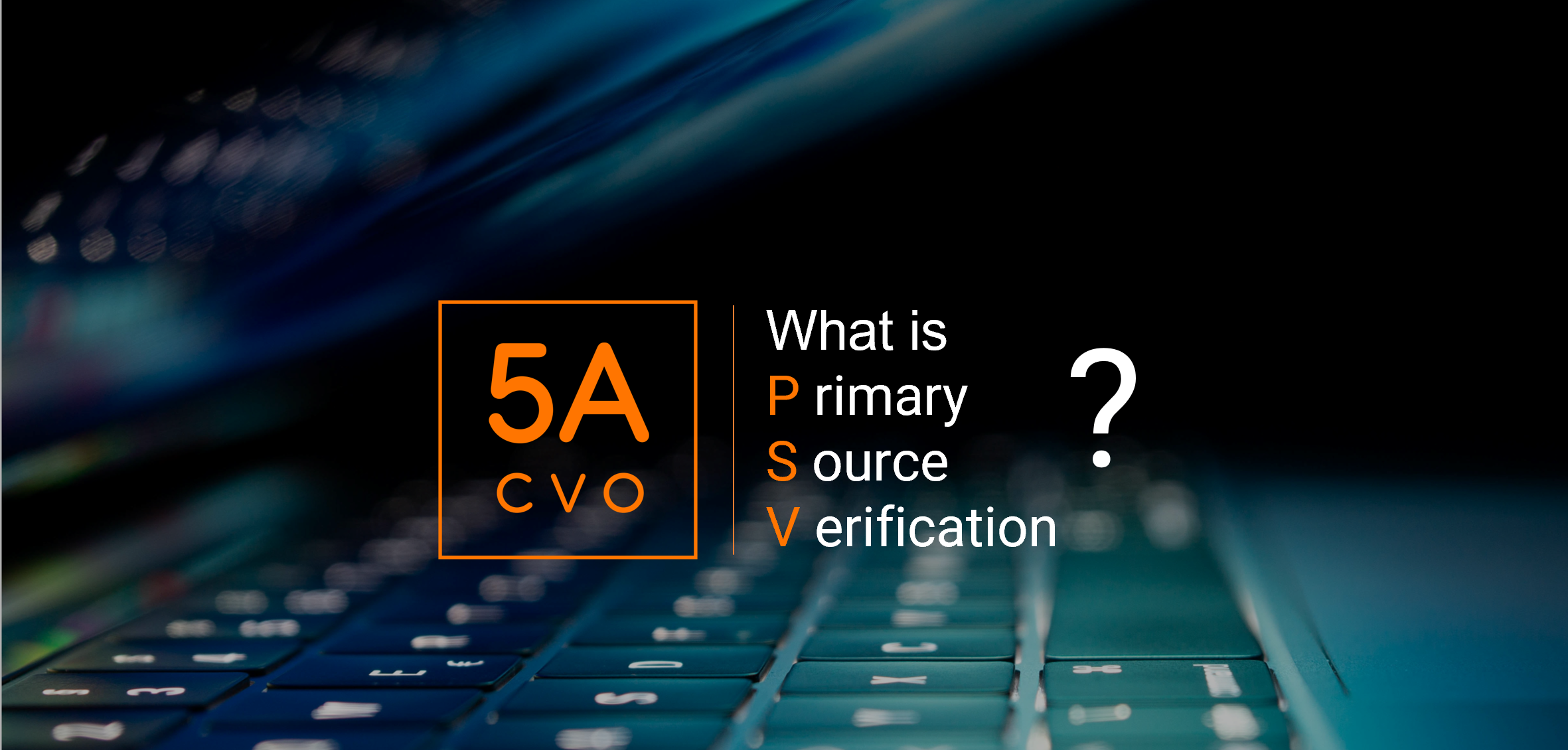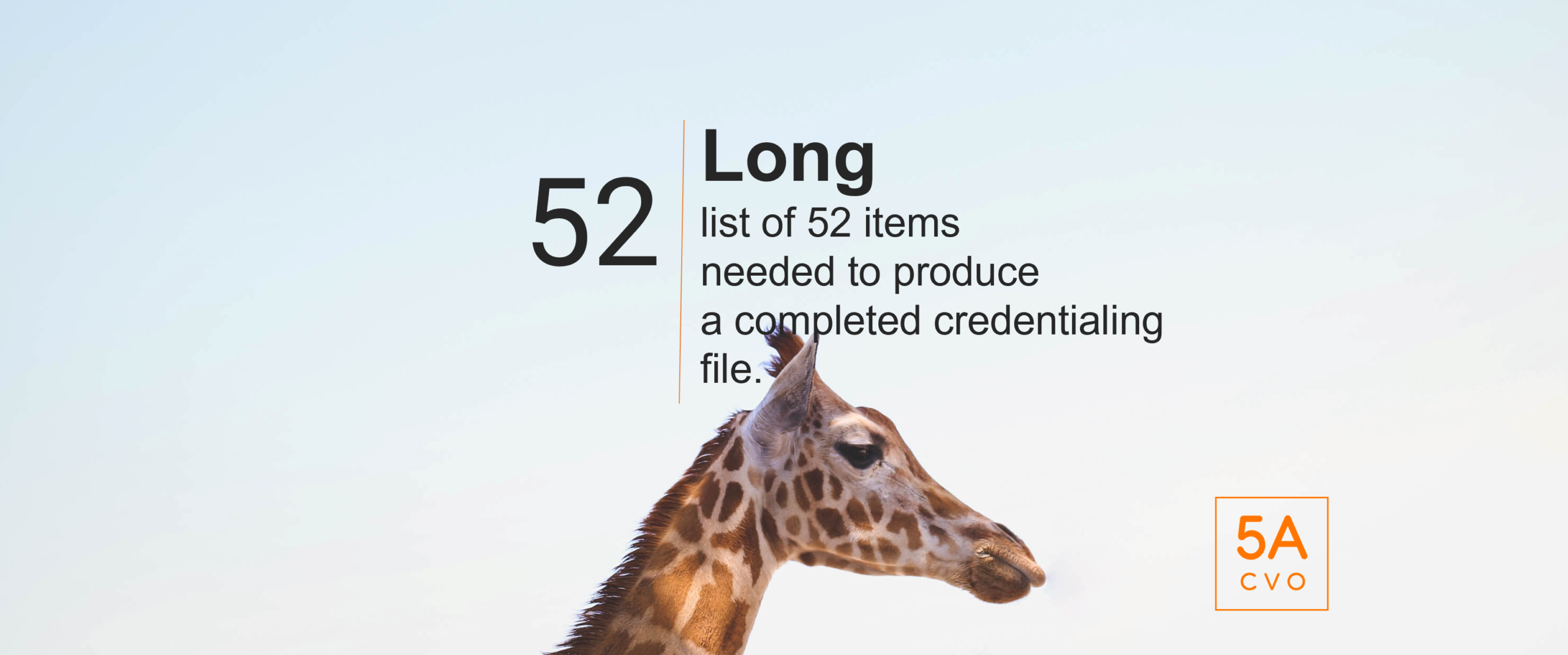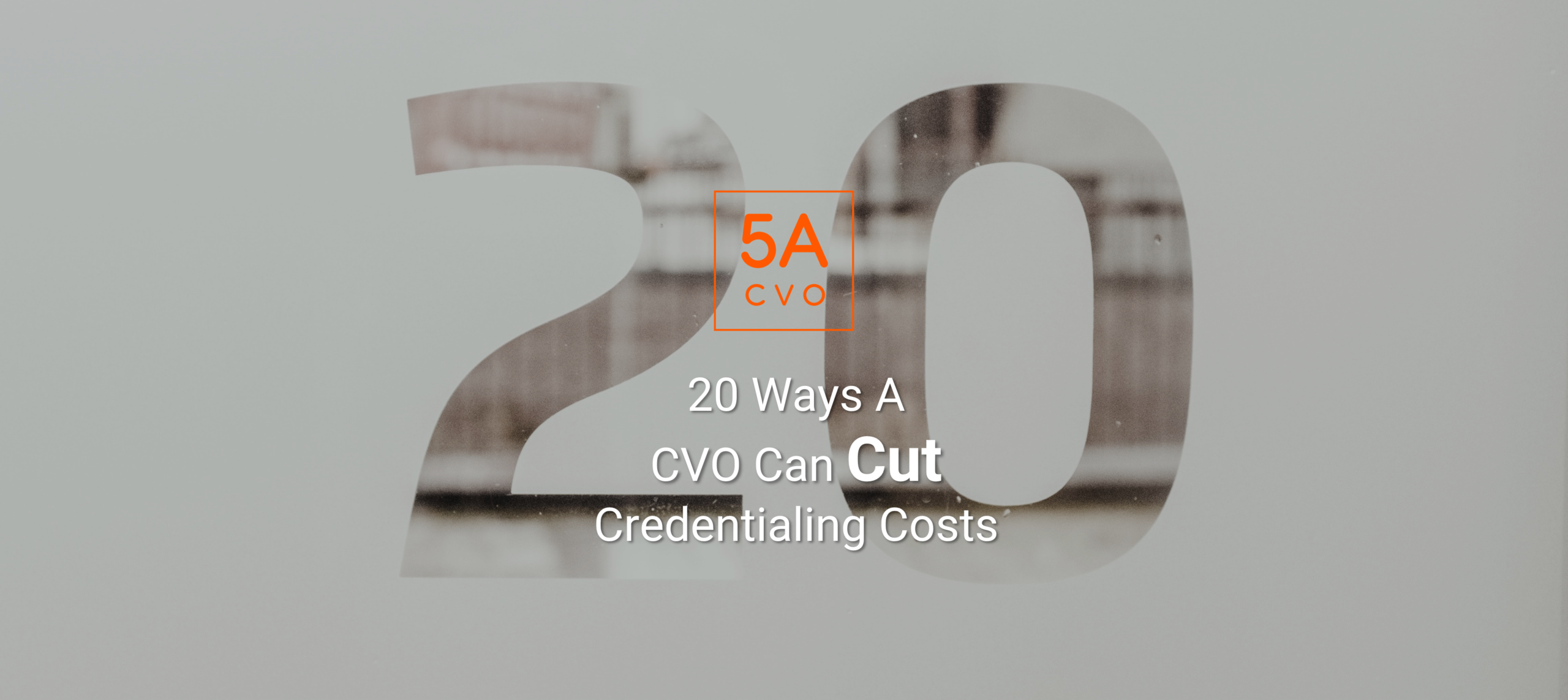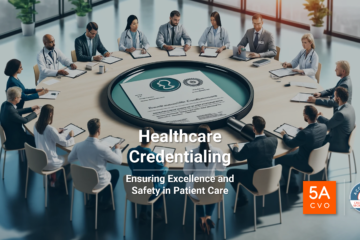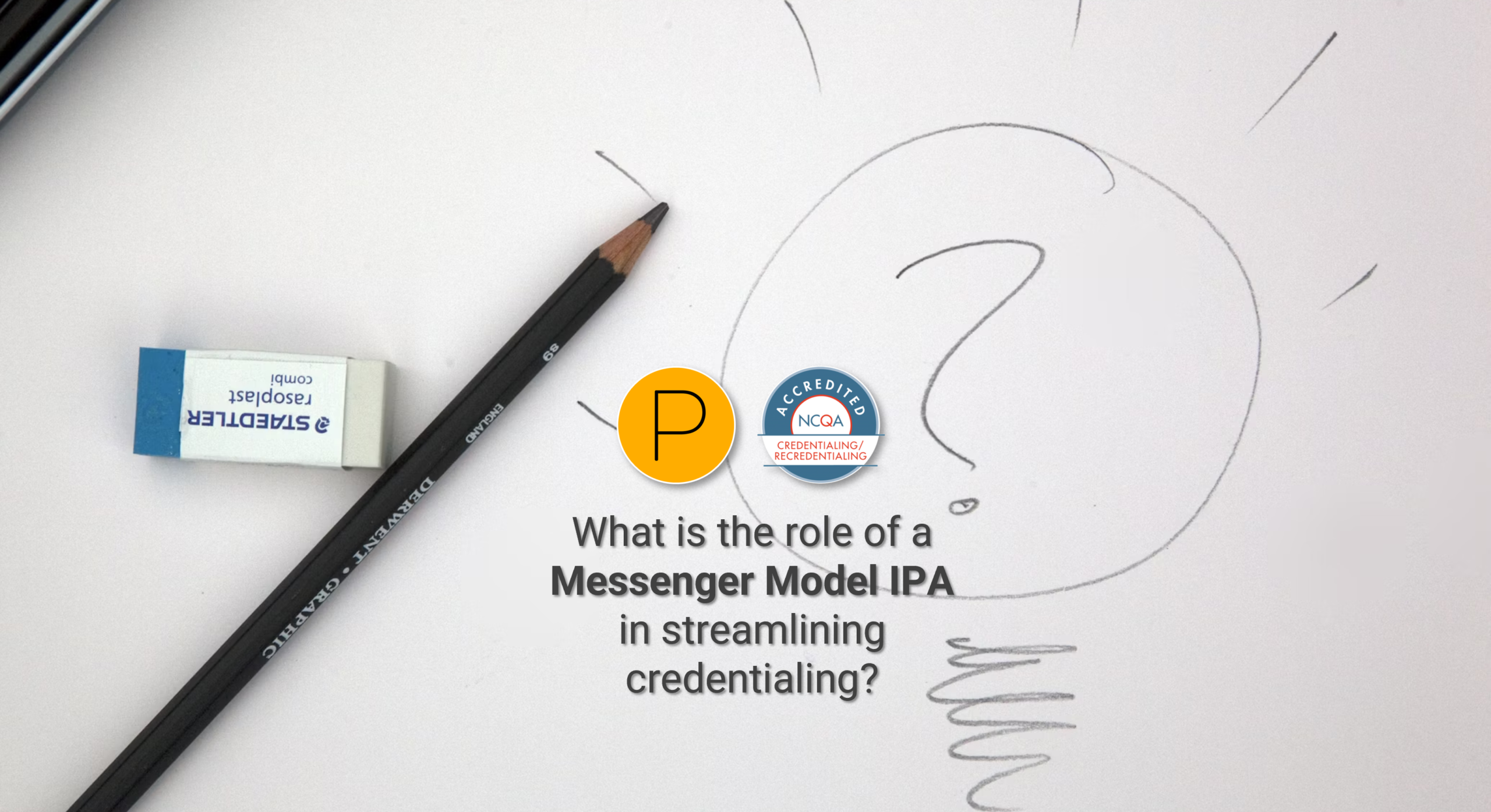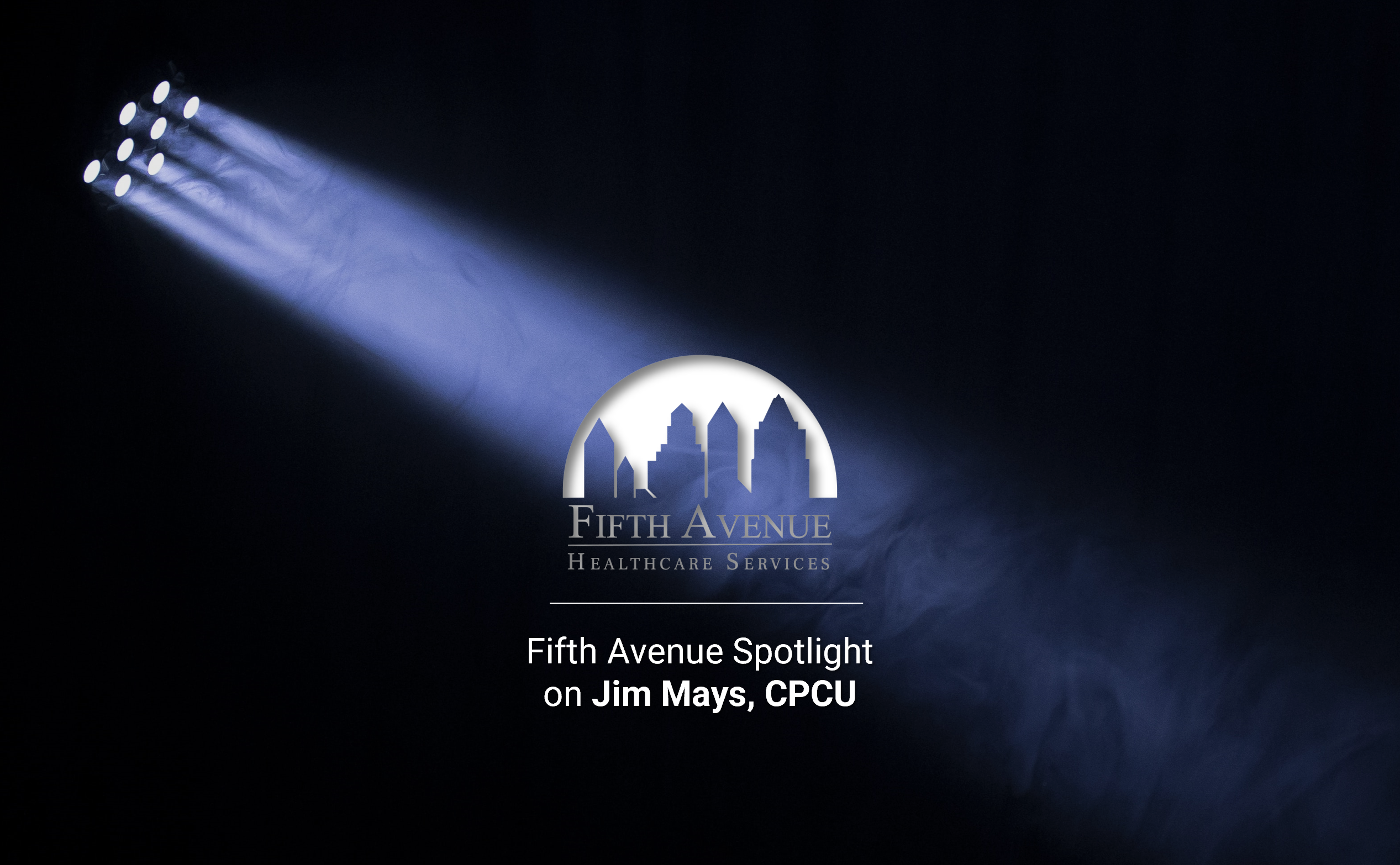The medical industry requires an elevated level of expertise. Healthcare providers must have nearly flawless safety records. Their patients rely on them to get through various conditions. Some face matters of life or death. An unqualified provider could doom a patient – and damage their career.
Primary Source Verification keeps patients safe, competent providers working, and medical organizations solvent.
This article addresses these questions to drive the importance of Primary Source Verification. Defining the process can prove more accessible than actually performing it.
What is Primary Source Verification? Why does it take so long to complete? Does outsourcing shorten the process?
Defining Primary Source Verification
The Joint Commission, a nonprofit organization that accredits healthcare organizations and programs, defines Primary Source Verification as the “verification of an individual practitioner’s reported qualifications by the source or an approved agent of that source.”
Primary Source Verification can help reduce malpractice risk. Credentialed providers should be qualified to administer care that adheres to accepted standards. A medical organization facing malpractice litigation can use the fact that they have credentialed their providers for their defense.
Primary Source Verification also plays an essential role in provider enrollment, which is how providers apply for and contract with health plans, networks, Medicare, and Medicaid. As the first stage of provider enrollment, Primary Source Verification shows insurance companies that credentialed providers do not pose a significant malpractice risk and can be offered coverage.
Primary Source Verification is a long series of tasks that can be performed in-office or outsourced to a credentials verification organization (CVO).
Primary Source Verification’s 52 Tasks
52 action steps stand between a provider and a credentialing file ready for presentation to a board or committee for review and approval.
Initial applicant action items:
- Send out, track and receive the Provider application packet that includes contact information, the practice’s and Provider’s tax ID numbers, and the Provider’s W-9 form.
- Obtain the Provider’s release.
- Obtain the privilege forms.
- Review the disclosure’s questions and answers.
- Review the explanations of time gaps and claims history.
- Review Medical Malpractice claims history.
- Obtain applicable certificate copies of Board, ECFMG, Medical School, Internship, Residency, Fellowship, and two years CME. ECFMG stands for Education Certificate for Foreign Medical Graduates.
- Obtain government-issued photo ID, Malpractice, DEA, and CDS copies.
- Obtain CPR, ACLS, and PALS certificate copies.
- Obtain TB, MMR, varicella, and flu vaccination records.
- Attest any conflict of interest, orientation, and Medicare (Hospital).
- Collect a provider release and order a criminal background check.
- Obtain an Allied Health Professional’s Supervising Physician’s Statement.
Initial PSV Action Items:
- Verify Board Certification.
- Review and Confirm AMA and AOA profiles.
- Verify Medical School Internship, Residency, Fellowship, and Affiliations.
- Confirm State Medical Licensure.
- Obtain Professional Peer References.
- Gather current Medical Malpractice claims history.
- Research Primary and Out of State License for Disciplinary Actions.
- Verify DEA certification.
- Verify CDS certification (as applicable).
- Obtain a copy of the Provider’s current Certificate of Insurance.
- Verify any Medicare and Medicaid sanctions (OIG) and exclusions (SAM).
- Perform an extensive 10 Year criminal background check.
- Run an NPDB query.
Reappointment Applicant Action Items:
- Send out, track and receive the Provider application packet.
- Obtain Provider’s release.
- Obtain privilege forms.
- Review disclosure questions and answers.
- Review explanations of time gaps and claims history.
- Review Malpractice claims since the last credentialing cycle.
- Obtain applicable certificate copies: Board, ECFMG, Medical School, Internship, Residency, Fellowship, and two years CME.
- Acquire copies of the Provider’s current Certificate of Insurance.
- Obtain CPR, ACLS, and PALS certificate copies.
- Obtain TB, MMR, varicella, and flu vaccination records.
- Attest any conflict of interest, orientation, and Medicare (Hospital).
- Collect Provider release and order background checks.
- Obtain an Allied Health Professional’s Supervising Physician’s Statement.
Reappointment PSV Action Items:
- Verify Board Certification.
- Review and Confirm the Provider’s AMA and AOA Profile.
- Verify Medical School Internship, Residency, Fellowship, and Affiliations.
- Confirm State Medical Licensure.
- Obtain Professional Peer References.
- Gather current Medical Malpractice claims history.
- Research Primary and Out of State License for Disciplinary Actions.
- Verify DEA.
- Verify CDS (as applicable).
- Obtain a copy of the Provider’s current Certificate of Insurance.
- Verify any Medicare and Medicaid sanctions (OIG) and exclusions (SAM).
- Perform an extensive 10 Year criminal background check.
- Run an NPDB query.
The conventional credentialing process can take an average of 90 to 120 days. Medical organizations must wait this long before their providers can get to work and begin billing. Speed is essential for quickly bringing in revenue, especially in a volatile economy.
According to the National Association of Medical Staff Services, a CVO can complete primary source verification 5 to 7 days faster than traditional in-house methods. Speed is not the only difference between a CVO and an in-office credentialing team.
Outsourcing Primary Source Verification vs. Performing It In-House
The most effective Primary Source Verification calls for speed and accuracy. These two requirements can expedite billing and promote safer health care. PSV can tax in-office staff, adding work to their already hectic days. No matter how busy they are, they should not rush through the process or skip any steps. Speeding through PSV can result in errors that delay provider enrollment. Missing steps could let historically-negligent providers treat and possibly harm patients. With medical malpractice lawsuits rising, PSV must be thoroughly performed with acute mindfulness.
How can office staff make sure their providers are properly and promptly credentialed?
Outsourcing Primary Source Verification to a CVO can reduce the process’s financial and labor costs and shorten the time providers have to wait until they can begin billing.
A CVO can save you money.
If your practice or organization conducts in-house PSV, it might employ a credentialing specialist. The position’s average base salary is $52,000 a year. Add in payroll taxes, health insurance, and other benefits, and a financially-struggling organization might opt not to hire a specialist. They could instead have existing staff perform PSV, which could create additional problems.
Hiring the right specialist is vital, but you must pay for that expertise. Teaming with a CVO like 5ACVO can eliminate this position and all of its expenses. This cost-effective option can get you 385+ years of combined experience and comprehensive credentialing. The savings do not stop here.
Using a CVO can cut the cost of physical resources like paper and storage. Paper can drain a budget just as much as salaries and benefits. A CVO can cut your paperwork load, decreasing your materials budget. Less paperwork typically means less storage. You can save money by not buying file cabinets to store your documents. Overall, credentialing with a CVO like 5ACVO can reduce credentialing costs by 69%.
A CVO can save you time.
Office staff burdened with PSV might not have time to tend to their other duties. They might not even have time to finish each PSV task properly. Outsourcing PSV to a CVO can free office teams to fulfill their other responsibilities. A CVO can take on every tedious step and save their clients precious time. The best CVO can reduce the 52 conventional credentialing steps down to just 6 simple steps. This time savings can push providers closer to provider enrollment faster than traditional methods.
Quicker turnaround times can help providers see more patients and deliver better service. Better service can equate to a higher level of patient retention. This creates a continual cycle of revenue. The benefits of outsourcing to a CVO continue to add up.
A CVO can reduce mistakes.
An inexperienced credentialing specialist or staff member who fails to correctly credential providers could expose their organization to medical malpractice claims and lawsuits. One study showed that the average malpractice payout is just over $101,000. A CVO only conducts PSV. Their focus allows them to get the job done right with single-minded precision. Their skills can reduce or outright eliminate any errors that could cost medical practices a fortune in damages.
Outsourcing PSV can also remove the need to use offline tools like spreadsheets and checklists. These error-prone methods can cause errors that increase your liability risks and the time it takes to push providers through the process.
A CVO can increase patient safety.
Patient care is the focal point of health care. CVOs can keep providers with less than stellar malpractice histories away from ailing people. In-house credentialing that falls victim to mistakes can allow bad physicians to slip through and potentially injure patients. Malpractice can cost people their lives and practices their reputations and finances.
A CVO can boost practice staff morale.
Removing arduous work can relieve the stress of everyone who works in a practice. Outsourcing credentialing is a straightforward way to curb the amount of heavy labor. This can raise practice morale and produce a better environment for employees and patients. A happy practice can appear inviting to new patients, which can mean more revenue.
Outsourcing to a CVO is Smarter Credentialing
Smarter credentialing means less work with more control.
A CVO can reduce your workload while giving you greater control over the process. For example, 5ACVO offers its users a Web Portal that can be accessed on any device with an Internet connection. The Web Portal can be used to track and save all credentialing documents. Leveraging this level of control can ensure the tighter security of sensitive information and allow providers and office administrators easy access to the process.
5ACVO also streamlines the conventional 52-step undertaking into 6 actions. Less work means less to deal with. 6 tasks can be more manageable than 52, especially for overwhelmed staff.
Smarter credentialing means less cost and more resources.
CVOs like 5ACVO can save you money while offering more resources.

In addition to its Web Portal, 5ACVO grants users access to a team with 385+ years of combined industry experience whose focus is Primary Source Verification. With few to no distractions, this team can deliver industry-leading credentialing.
Smarter credentialing means less risk and more reward.
5ACVO can remove all of the risks involved with PSV. This reduction can also increase providers’ available billing time by an average of 5 days, resulting in an average of $47,196 in net new revenue billed per CVO-credentialed physician.
Outsourcing to a CVO is Simpler Credentialing
Simpler credentialing not only involves paring 52 credentialing steps to 6 but gives providers and office administrators less to do with more.
5ACVO’s administrative simplicity gives users one Web Portal, one experienced team, and ONE point of contact. Users can get all the credentialing help they need by using ONE phone number or ONE email address to reach their point of contact. They do not have to call someone to get a hold of another person. One call or email can address their PSV needs.
Outsourcing to a CVO is Better Credentialing
Smarter and simpler credentialing is better credentialing. This optimal brand of credentialing can reduce the negative impacts of PSV while boosting the positive. Credentialing can be complex and costly. When it is not done correctly, it can increase the liability to providers and patients. Transferring PSV to a CVO can protect patients and instill confidence in the general public, the payors, and employers that providers link with.
Conclusion
PSV and CVO are more than abbreviations. They are integral aspects of the healthcare industry that help ensure safety and financial security. Partnering with an expert team like 5ACVO can all but guarantee success. Primary Source Verification should be managed by experts with enough time and experience to finish the job correctly.
More information about 5ACVO
5ACVO is NCQA Credentialing Accredited specializing in credentialing and primary source verification and is part of the Fifth Avenue Healthcare Services family. 5ACVO sister companies include Fifth Avenue Agency (MPLI and medical malpractice insurance specialists) and Primoris Credentialing Network (credentialing and provider enrollment specialists with 54+ health plan and network provider enrollment options).
This post was initially published by 5ACVO here. For more information on 5ACVO, please visit 5ACVO.com or Contact Us.


